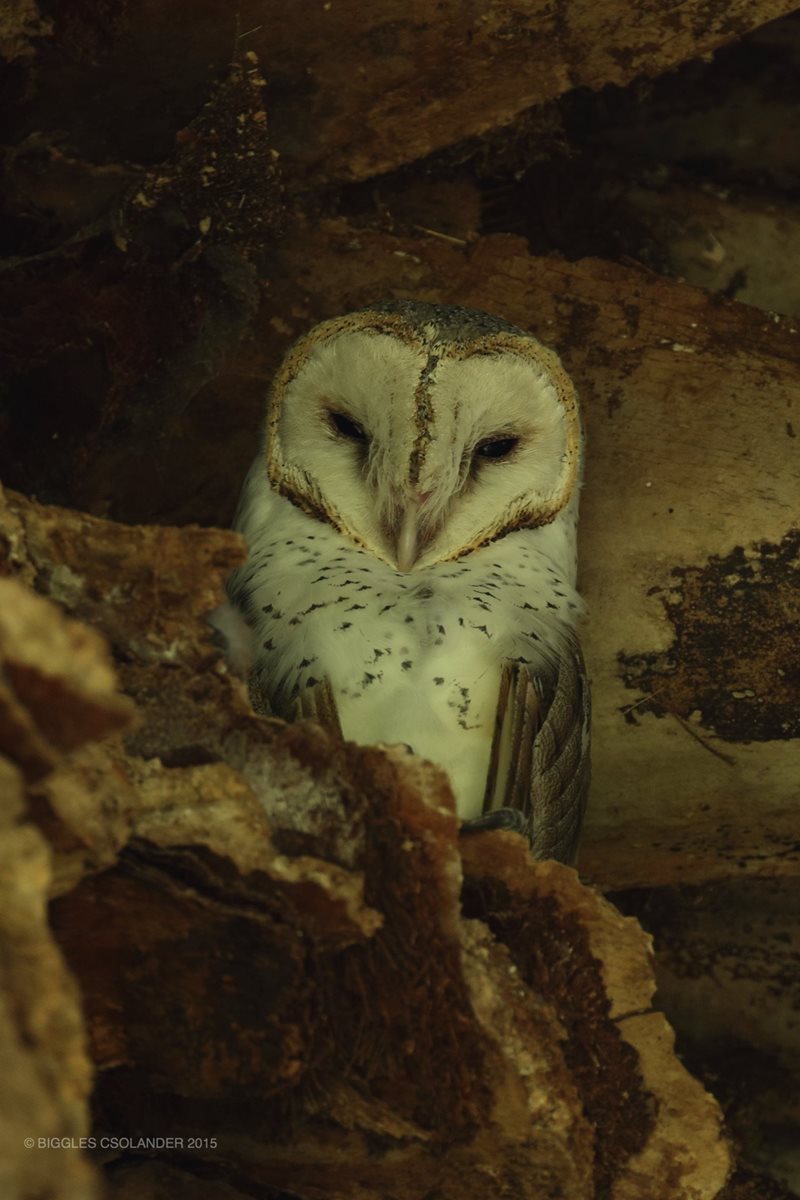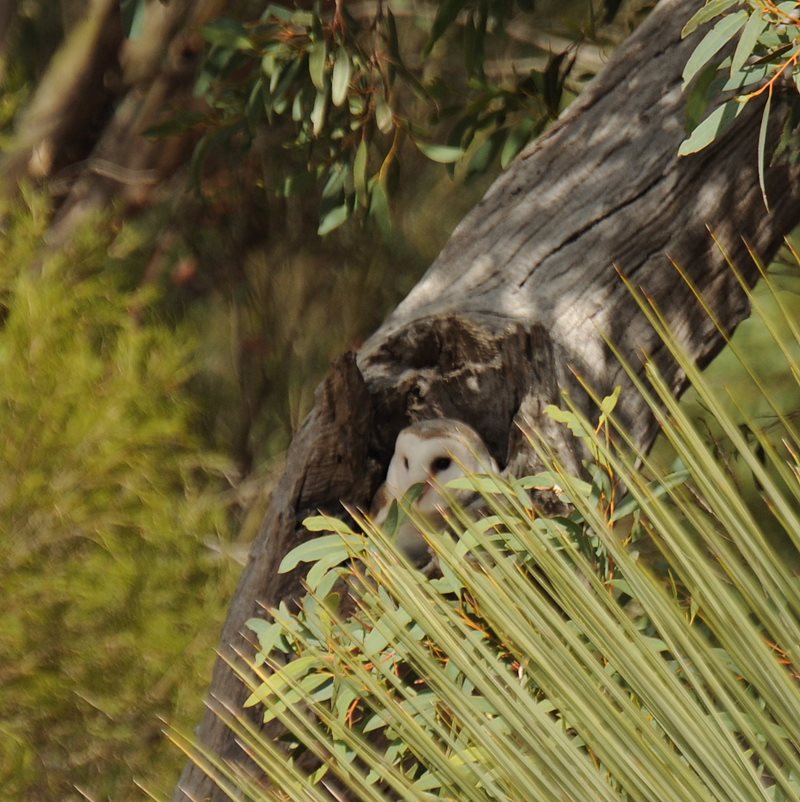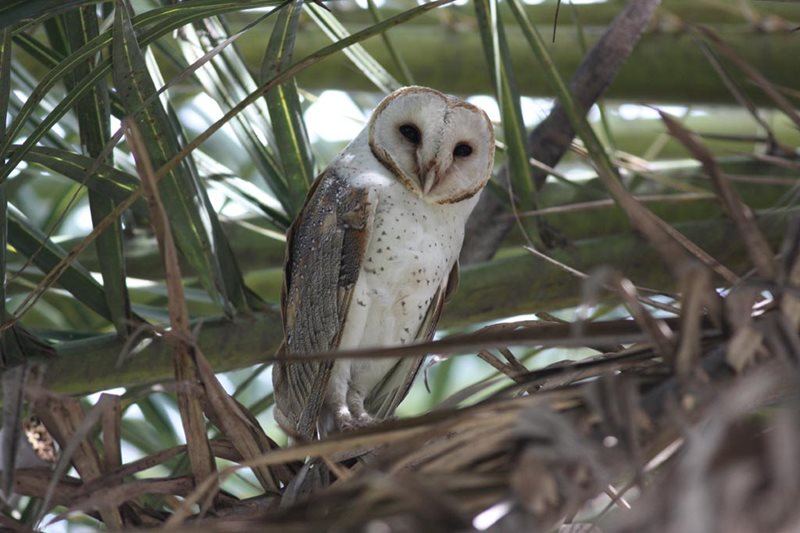Urban bird watchers flock to Centennial Parklands everyday to photograph, monitor and survey our population of feathered-friends. Recently there has been an increase in Eastern Barn Owl (Tyto delicatula) sightings, making it February's bird of the month. Find out more from local Sydney twitchers below.
Barn Owls are found throughout Australia, wherever sufficient prey can be found. Their preferred habitat is open grassy woodland or farmland, and their name derives from the inclination for roosting in barns and other farm buildings where they have easy access to their preferred prey, mice. They also roost in thick foliage, tree hollows or natural caves. Our urban parks also provide this habitat and adequate hunting grounds for owls.
 Eastern Barn Owls make a screeching noise instead of the traditional 'hoot.'
Eastern Barn Owls make a screeching noise instead of the traditional 'hoot.'
What does a Barn Owl eat
Small rodents, make up a large part of the Barn Owl diet, and around the world they have been encouraged to nest on farms to help control pests. They will also take small birds, reptiles and insects if the opportunity arises. They hunt by silently gliding back and forth over open ground, listening for faint sounds of movement, or perching over a promising area until a slight movement betrays their prey and they strike with their long legs, toes, and sharp talons.
 Eastern Barn Owls can often be found in tree hollows.
Eastern Barn Owls can often be found in tree hollows.
Nesting habits
Barn Owls are usually monogamous and can breed at any time of the year, depending on the availability of prey. They usually nest in tree hollows, crevices in rocks, and if not safely secured, buildings too. A good nest site will be reused year after year.
Once they have found a nest site the female settles in and the male supplies her with food. The female will lay three to six eggs, each egg spaced about two days apart, and the only nest she builds is from the pellets that have collected in the hollow.
Chicks (Owlets) which survive to fledge usually remain a few weeks with the parents, learning to hunt, before dispersing to find their own territories. At times of plentiful food supply families may remain together in one territory. Unfortunately, most Barn Owls do not survive their first year.
Where to spot them in the Parklands
There are few early records of Barn Owls in Centennial Park, but in recent years they have been regularly sighted on both sides of Busby Pond, on Snake Bank and Busby Peninsula, and near the Rose and Column Gardens. Up to five separate owls have been sighted in one day.
 An Owl spotted near Lachlan Reserve in Cetnennial Park.
An Owl spotted near Lachlan Reserve in Cetnennial Park.
Distinctive features
The Barn Owl is one of the most widespread owl species in the world, inhabiting every continent except Antarctica. Like most owls it is nocturnal and has developed its hearing as a vital hunting technique. It has a distinctive heart-shaped pale facial disc outlined with a rim of darker feathers. With its ears hidden asymmetrically beneath its feathers, this facial disc allows it to collect the faintest sound and let the ears precisely detect its location and distance.
The head and upper body is generally a reddish brown mottled with dark grey and scattered with teardrop shaped black spots. The underparts are white to cream with scattered black spots. A special adaptation of the feathers makes its flight virtually silent.
Visit our What's On pages, contact the Centennial Park Office on (02) 9339 6699 or send us an email to learn more about birding tours in the Park.
Did you know? Unlike the other owls using the park, the Barn Owl does not give the typical “Hoot”, but emits a harsh screeching call, usually in flight. This has led to it having an undeserved reputation as a harbinger of evil in some folklore.